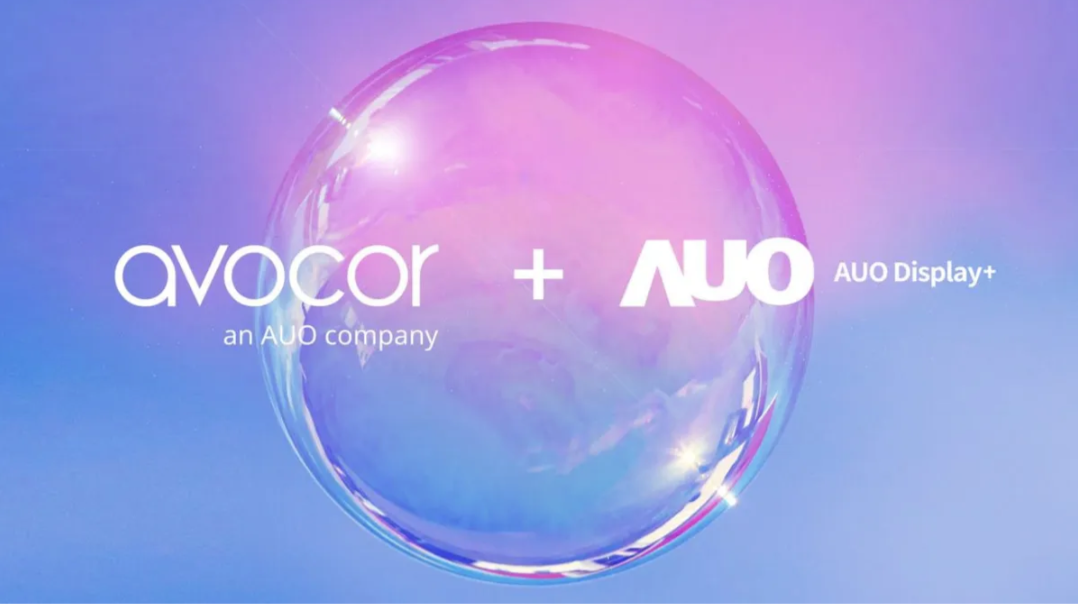Last week’s announcement of the forthcoming HDMI 2.1 standard was delivered with a certain shock factor to the audiovisual community, both for its remarkable expansion of throughput capacity and for following so closely on the heels of the previous iteration. I caught up with emerging technologies expert Joe Cornwall, technology evangelist at Legrand, for a closer explanation of the standard and the implications it raises for the industry.

SCN: What was your first impression of the new standard? Was it what you expected?
Joe Cornwall: Yes, it was expected. Because MHL announced, actually, in 2015, I think, that they were doing a unique, proprietary 32-pin connector that would allow MHL to support 8K video at 120 frames per second. So you start looking at that and you realize that’s incredible bandwidth, and they were doing a specialized connector.
So, to see the HDMI standard come up to something that would support 8K, in itself wasn’t unexpected. I think what kind of took me by surprise was seeing the 2.1 standard posed so quickly after the 2.0 standard, and we really haven’t even completed the 2.0 standard. So, in many ways, this is very much a continuation of the argument of what should have been in the 2.0 standard, and that is preparations for us to be able to handle 8K transport in an RGB environment with that frame rate. This is where our market is heading.
SCN: Which aspect of the new standard do you think is the most interesting?
JC: The fact that they’re trying to accommodate 48Gbps throughput, which is really just an astonishing number if you look at it. For state-of-the-art LAN technology right now, we have 25GE, we have 40GE, there’s some work being done on 400Gb ethernet, a plan that would be run ostensibly completely over fiber. When you start looking at something like 48Gbps, you really are at, I think, the very edge of what copper can possibly do in any way, shape, or form.
So I look at the HDMI connector itself, and I think, “How do we get that kind of speed through the 19 pins of the connector?” And I have to be assuming that there’s going to be some either extreme length limitations, some very radical reworking of the connector—there was HDMI-A and then there was HDMI-B, which I don’t believe was ever deployed—or it’s going to be some kind of a fiber-based solution. But it’s not going to be a $19 patch cable that you can buy at a CVS pharmacy.
SCN: How do you think this will shape hardware development going forward?
JC: I don’t think the potential for an HDMI 2.1 standard supporting 8K will affect the hardware as much as HDCP 2.2, with its requirement for both temporal measurement—in other words, all of the equipment has to respond within a certain time envelope, ensuring that it’s in the same premise—and also its limitation on keys—its ability to serve, I believe, 14 endpoints. So I believe HDCP 2.2 is going to be far more influential in the short term on our equipment.
In the long term, where I really see 8K video being deployed, and if you think about it, this makes perfect sense: we’re going to end up with 8K video cameras on cell phones, that will allow us to do electronic zoom. Because an 8K video camera will allow us to have a tremendous electronic zoom, and still end up with a 4K image. Which I think is probably a more reasonable expectation for display performance, 4K at higher frame rates.
If you look at the InfoComm 5M-2012 standard, which is display image size for two-dimensional content, at 4K we really are approaching the limit of what the human eye can perceive in detail. So, as an example, a 50-inch flat panel operating in a native 4K environment, you don’t begin to see pixelization until you’re about one screen width away. So you can now replace a traditional 25-inch desktop monitor with a 50-inch 4K.
So the 8K portion of it, when we look at it as video playback, I think there’s some interesting applications for things like simulators and virtual reality, but I really, personally believe that with 8K video, what we’re setting up is an opportunity for us to capture content, to zoom and do post-production editing on the content, and still end up with a 4K finished product.
SCN:Do you think this will have any influence on infrastructure? Are installations going to need to be upgraded?
JC: If we’re talking about things like structured wiring, LAN systems, or cabling between monitors, and let’s say matrix switchers and things like that, no, I don’t think that anybody is going to spend a whole lot of time worrying about 8K carriage. For the simple reason that if you look at HDMI: we now have HDMI 2.0, which supports 18Gbps. But if you look at HDBaseT 2.0 (in fact I have a white paper that’ll be published in February) we’re still trying to emulate a 10Gb LAN, and the biggest problem that we have is even 10Gb LANs in widespread deployment are kind of challenging. Most corporate networks are 1Gb networks, 1Gb switches, and they’re designed to either a Cat-5 or Cat-6. For us to get to the point where we can comfortably handle 18Gbps, we need to be beyond even Cat-6A, and we do have to start looking at getting into a fiber infrastructure.
One of the interesting things that comes out of this, that we have to keep in mind is this: the president of Legrand Data Communications made a comment a couple of years ago, that he felt that copper was a dinosaur. And it was really just waiting to go extinct. And I still think in many ways, he was right. Now we see our copper products’ core features—and Cat-8, I believe was just ratified, but it’s certainly imminent if it hasn’t been ratified—we see copper for short lengths to go from a network to a device, or from a port to a device. But in order for us to accommodate 4K, and ultimately 8K, and especially when you realize there’s a big difference between the 4K optics that you’re seeing, let’s say on Netflix—a 4:2:0 chroma-decimated signal—versus 4K RGB from a computer, that requires almost double the bandwidth; that’s where we have to be.
So this is why HDMI’s standard accounted for 18Gbps. Now they’re proposing 48Gbps, so they can get to an 8K RGB signal. And that, over copper? I can see a day where we might be able to go 6 feet with something like that. But to go farther than that, we have to be into optics. And nobody is really doing that from an AV side; we’re not really deploying fiber right now.
Now, there is an attendant development that I think is also very interesting. We just saw the past month or so ago, the announcement about OM5 fiber. So multimode fiber, of course, goes OM1 though OM4. OM1 is LCD 62.5 micron, really designed for 1Gb ethernet. OM4, on the other hand, can easily handle the kind of bandwidth that we’re talking about here. OM5 adds additional capability for course wavelength division multiplexing, which allows us to have multiple channels. The transceivers haven’t hit the market yet; they will in late 2017. But I really think that that technology, or something like it, is kind of the linchpin of this next move into HDMI 2.1, where we’re going to see the world transform to 4K as your standard television, and 8K becomes the production choice, or the capture choice, so we can edit down. So it’s going to be a long-term evolution. If I can borrow a phrase from the cell phone companies, this is “video LTE”: long-term evolution.
SCN:The announcement of the 2.1 standard was the number-one most-read story on AVNetwork and ResidentialSystems.com last week. Why do you think it was so immediately popular?
JC: Shock factor. So if you think about it, everybody sat back and went, “I just got HDMI 2.0 and I don’t really even know what that means for my business, and now we’ve changed it again?” So that’s kind of a jaw-dropping pace for change. And then, just to read the headline and see that bandwidth, I think a lot of people sat back and went “What is this? What are we actually looking at here?” So I really think that’s the reason that it became so fascinating to so many people in the industry, because it happened so quickly, and the numbers are so close to the edge of what’s even possible, they’re all going “Ok, how did this develop? What’s the application; where do we go with this?”
I applaud HDMI, LLC for putting this kind of a standard out there. Once again, MHL is there; we have USB Type C, which, with its four channels of communication, can ultimately support about 40Gbps of throughput. So, we’re theoretically, in terms of the standards that are already out there, not too far away. And I think HDMI sort of leapfrogged everybody and said, “Ok, this is your target for a decade for now.” Not something that we’re going to be installing in 2017 or 2018, but this is going to be the normal in 2025.
Matt Pruznick is associate editor of SCN and Residential Systems. Follow him on Twitter @Pruznick.











